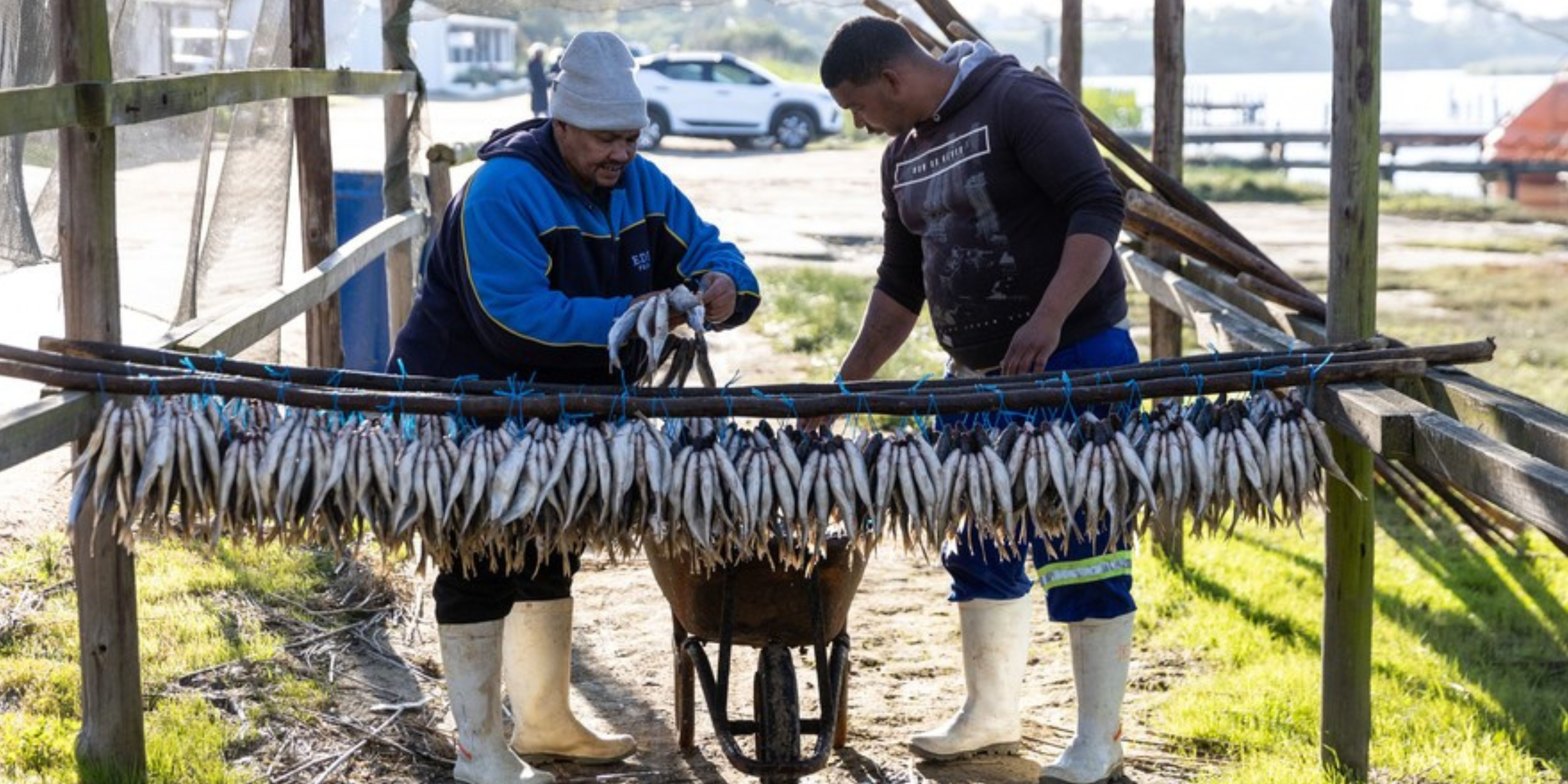Orania: From Historical Ties to San People To Afrikaner Segregation from South Africa
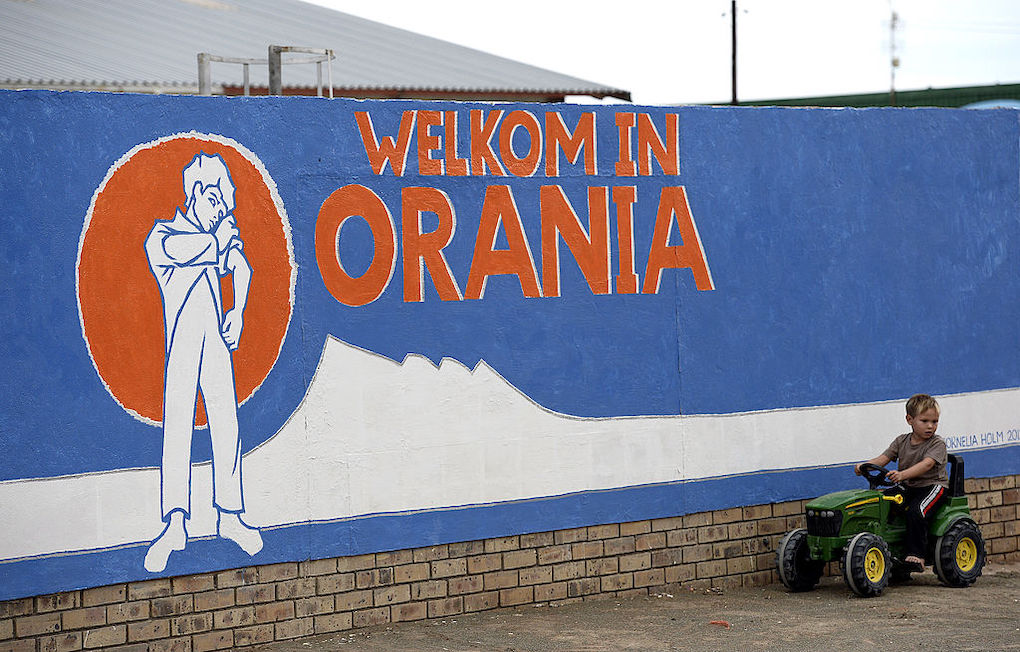
The town of Orania, in South Africa's Northern Cape, has a complex and controversial past representing the nation's overall sociopolitical climate. Orania was founded in the closing years of apartheid to provide a safe haven for Afrikaners trying to hold onto their identity and culture in a country that was changing quickly.
The history of the region that is now Orania is vast and precedes the town's founding. For thousands of years, the San people were the earliest residents and were hunter-gatherers. European people started to come to the area around the 18th century, mostly Dutch and French Huguenots who built up farms there. When Stephanus Ockert Vermeulen established the Vluytjeskraal farm in 1882, it was the earliest documented instance of European habitation in what is now Orania, dating back to 1762.
The development of Orania as a temporary labour camp for workers constructing irrigation canals connected to the Vanderkloof Dam marked the beginning of the region's modern history in the 1960s. Once known as Vluytjeskraal, it housed about 56 households by 1965. However, once the dam was completed, it fell into ruin and was abandoned by 1989.
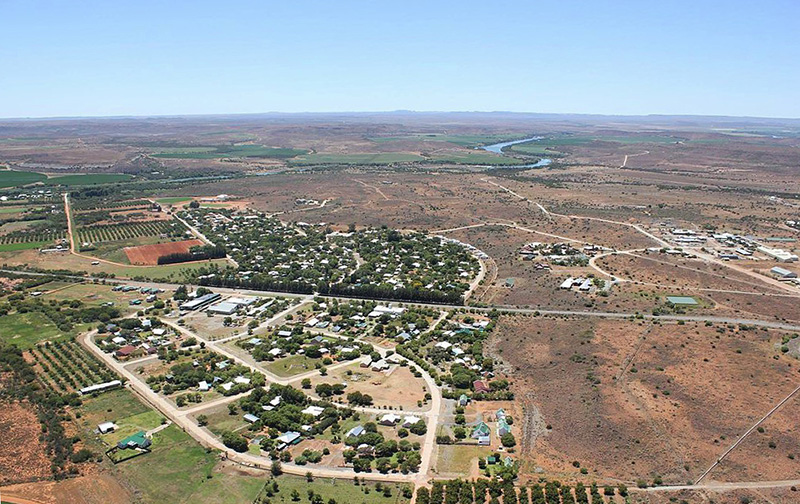
Carel Boshoff headed a group of about forty Afrikaner households that paid R1.5 million for the run-down village in December 1990. Their goal was to establish a community where Afrikaners might continue to live following their customs and cultural beliefs. When these families started relocating to Orania by April 1991, the town's status as a bastion of Afrikaner culture was implemented.
Orania's cultural identity is firmly anchored in Afrikaner nationalism. The town encourages a way of life that prioritises individual independence and communal togetherness among its citizens. Orania has about 2,500 residents, all of whom identify as Afrikaners, and it has its own government structure that is separate from surrounding municipalities.
Within the town, Orania has created its own currency, known as the "Ora," which is exchanged for South African Rands. This money is a component of a larger initiative to strengthen community identity and promote economic independence. The town is also proud of its own flag, which has the Klein Reus (Small Giant) emblem, which stands for the citizens' perseverance and hard work.
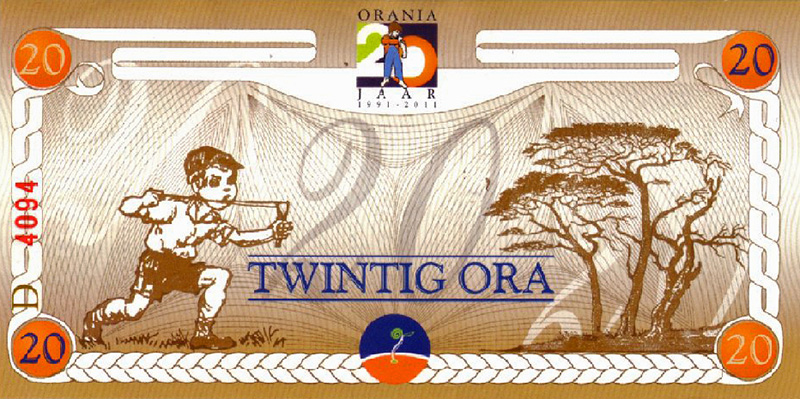
Cultural establishments are essential to the preservation of Afrikaner history. Through some programs, the Orania Beweging (Orania Movement) actively promotes Afrikaner history. Exhibits at the Orania Cultural History Museum include historical items including Boer War weaponry and items connected to notable Afrikaner leaders like Hendrik Verwoerd.
Orania organises several yearly cultural celebrations of Afrikaner customs. The Orania Karnaval, which includes displays, contests, and performances by local artists, is one of the most important. During these festivities, traditional dishes like skaapkop (sheep's head) are offered, highlighting the region's culinary heritage.
Rather than celebrating national holidays in South Africa, the town observes festivals that are distinctive to its historical story. Important dates consist of:
-
Geloftedag (Day of the Vow) on December 16, marking a significant battle in Afrikaner history.
-
Stigtingsdag (Founder's Day) on April 6, celebrating both Jan van Riebeeck's arrival in Cape Town and Orania's founding.
-
Majubadag (Majuba Day) on February 27, honouring the Battle of Majuba Hill.
These celebrations highlight a shared memory that strengthens ties throughout the community.
Orania has come under fire for its discriminatory practices despite having cultural value for a large number of Afrikaners. Only Afrikaners are permitted to live or work within the town's borders due to its government system. In a nation still attempting to reconcile the effects of apartheid, this has given rise to allegations of racism and segregation.
Residents claim that rather than being motivated by racial hostility, their decision to establish an entirely Afrikaner enclave was motivated by a desire for safety and cultural preservation. They stress how dedicated they are to preserving South Africa's constitutional system of self-determination.
As it continues to negotiate its identity in the face of more significant societal changes, Orania's future is still unclear. Although some Afrikaners seeking cultural continuity find refuge there, it also symbolises unresolved issues about national identity and racial relations in South Africa following apartheid.
In the complicated sociopolitical context of South Africa, Orania is a singular case study. Its past reveals the hopes and difficulties encountered by groups attempting to maintain their cultural identities while participating in a constantly changing national tale.

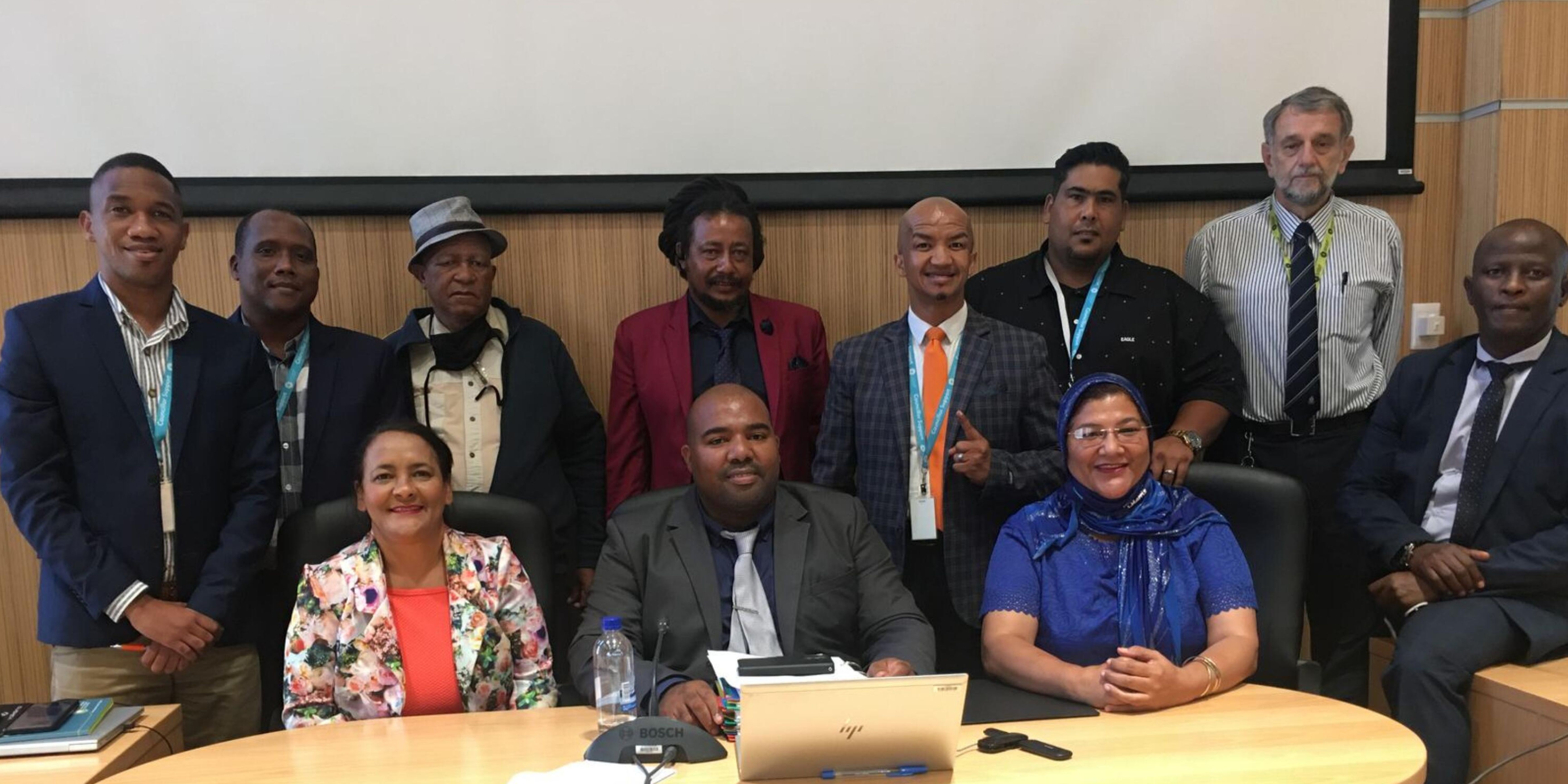
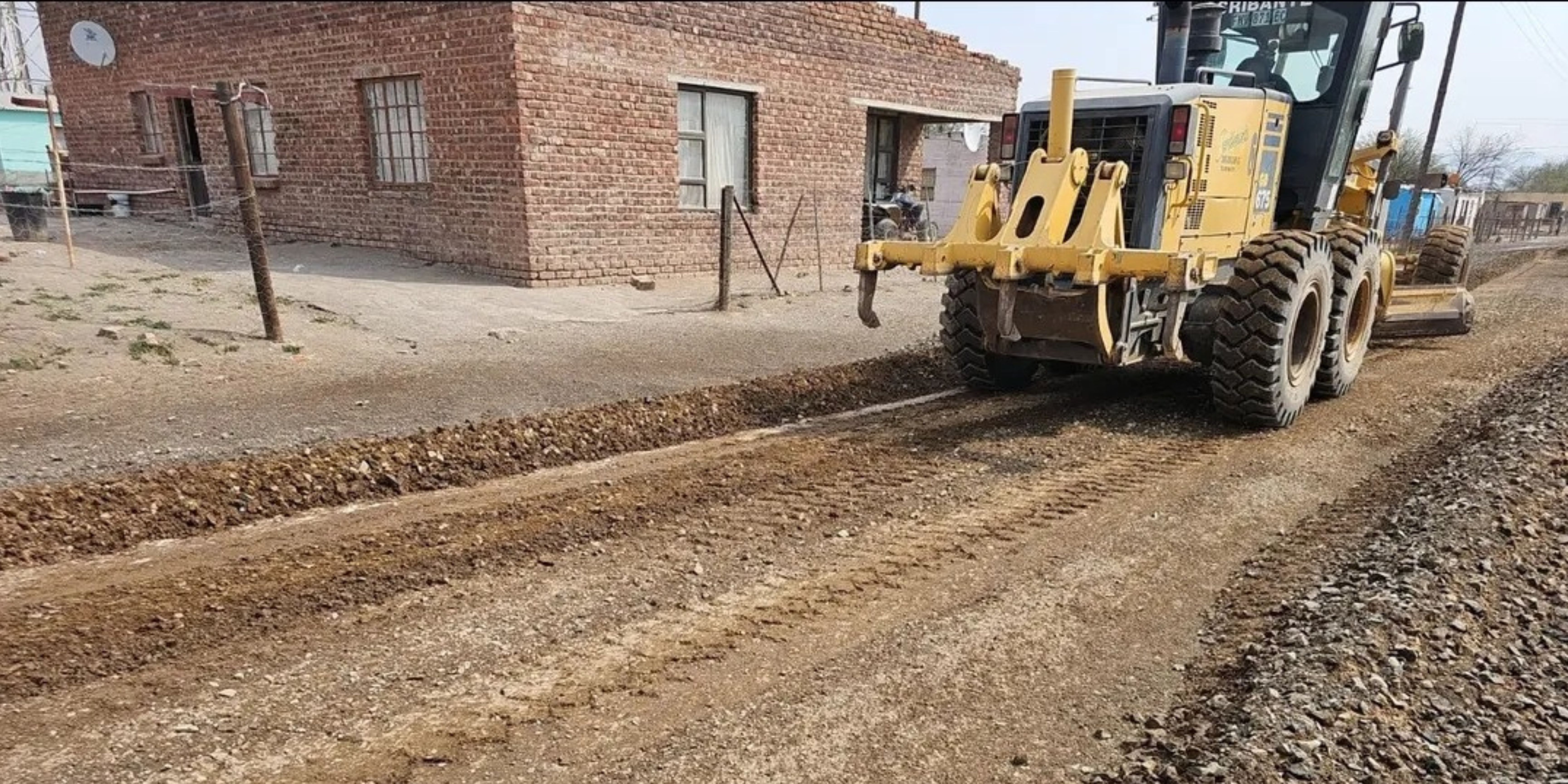


.jpg)
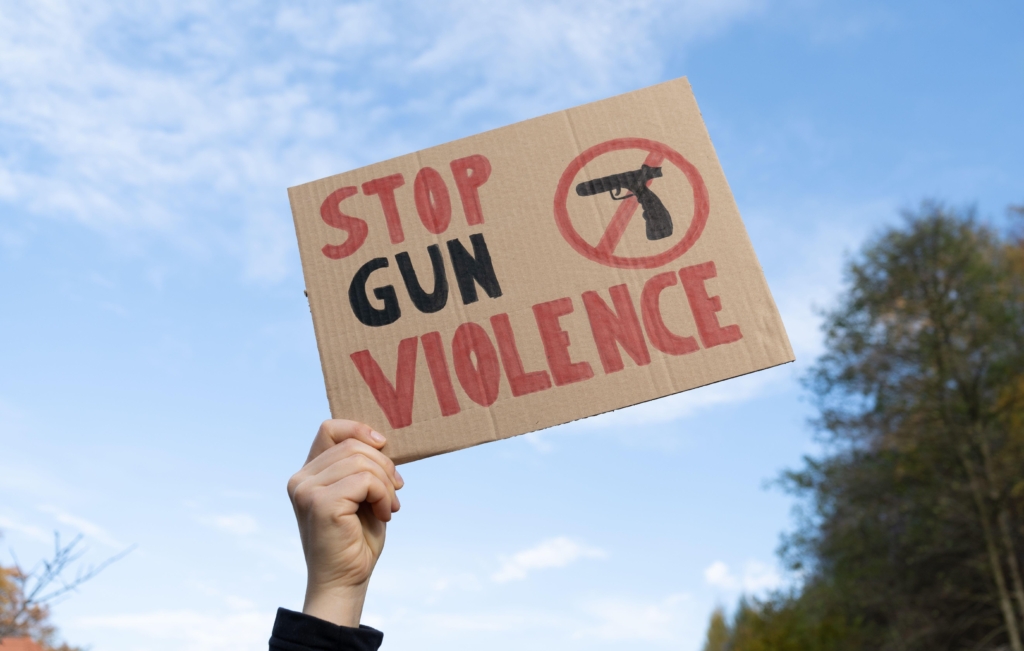

.jpg)
